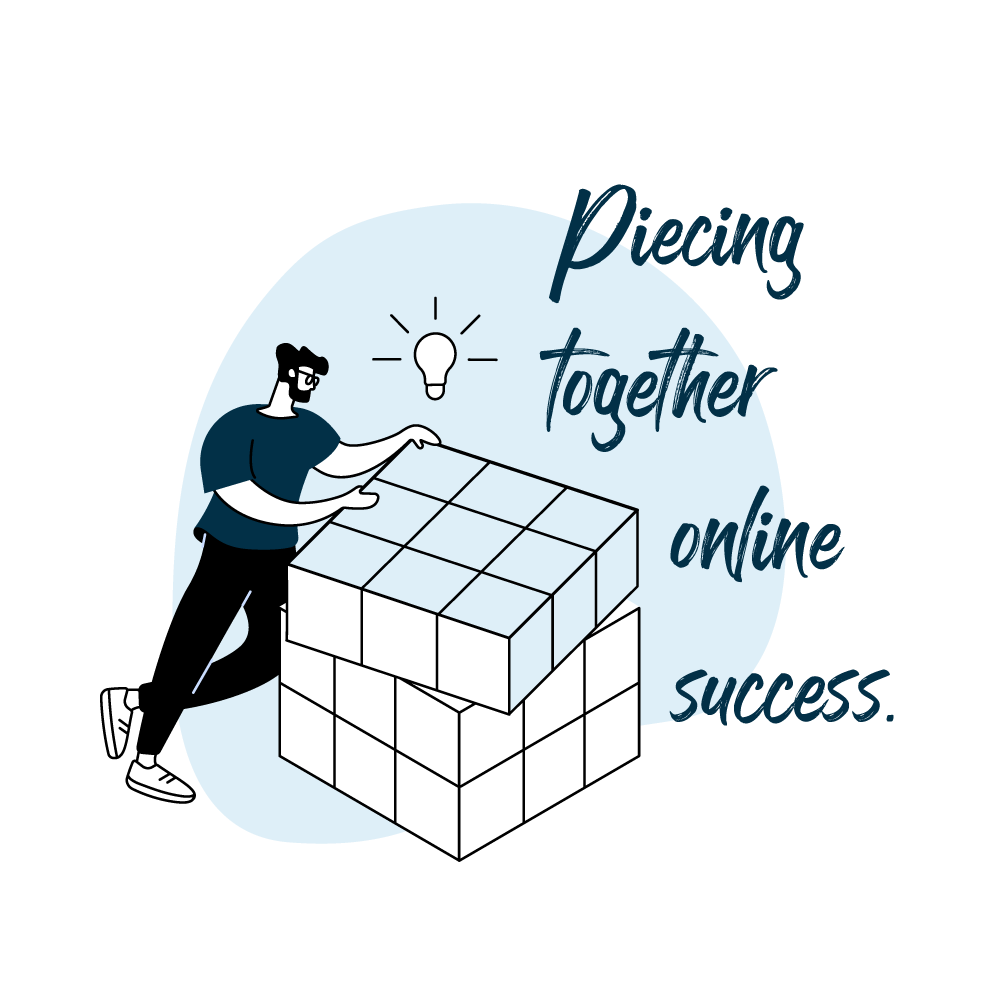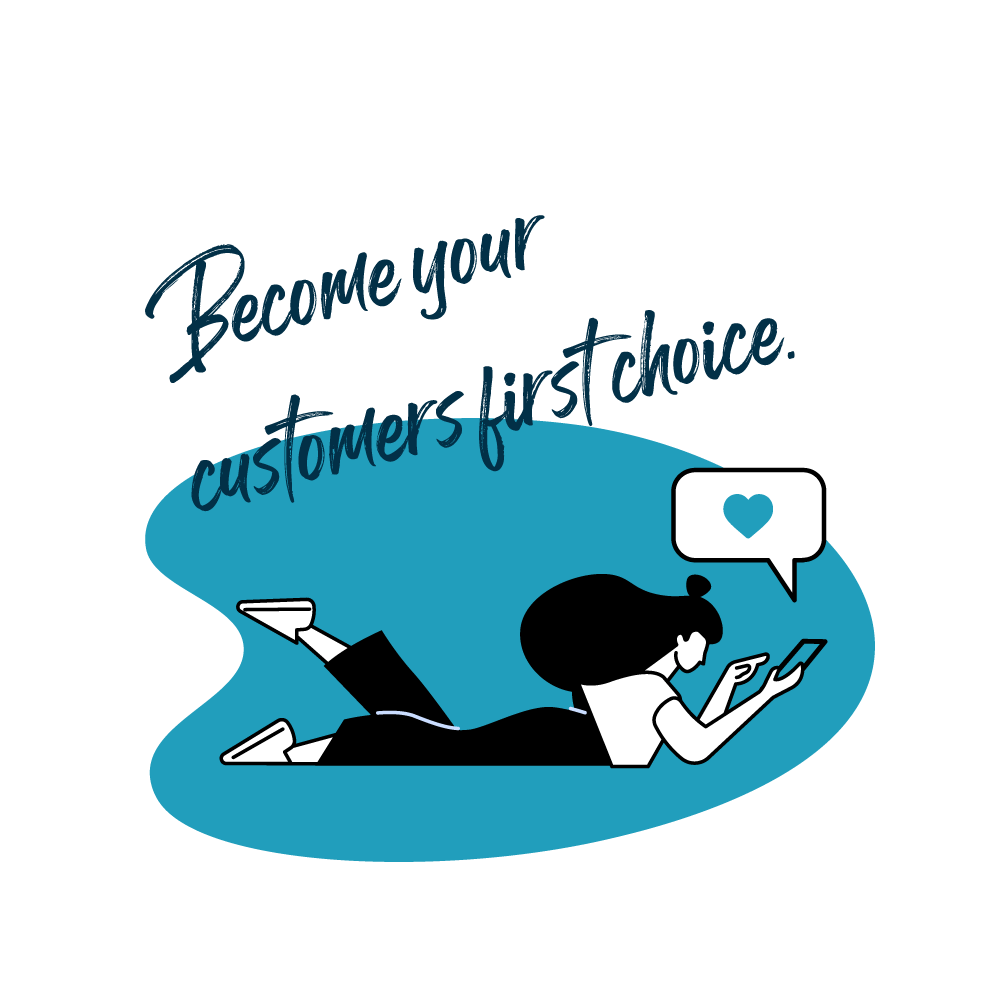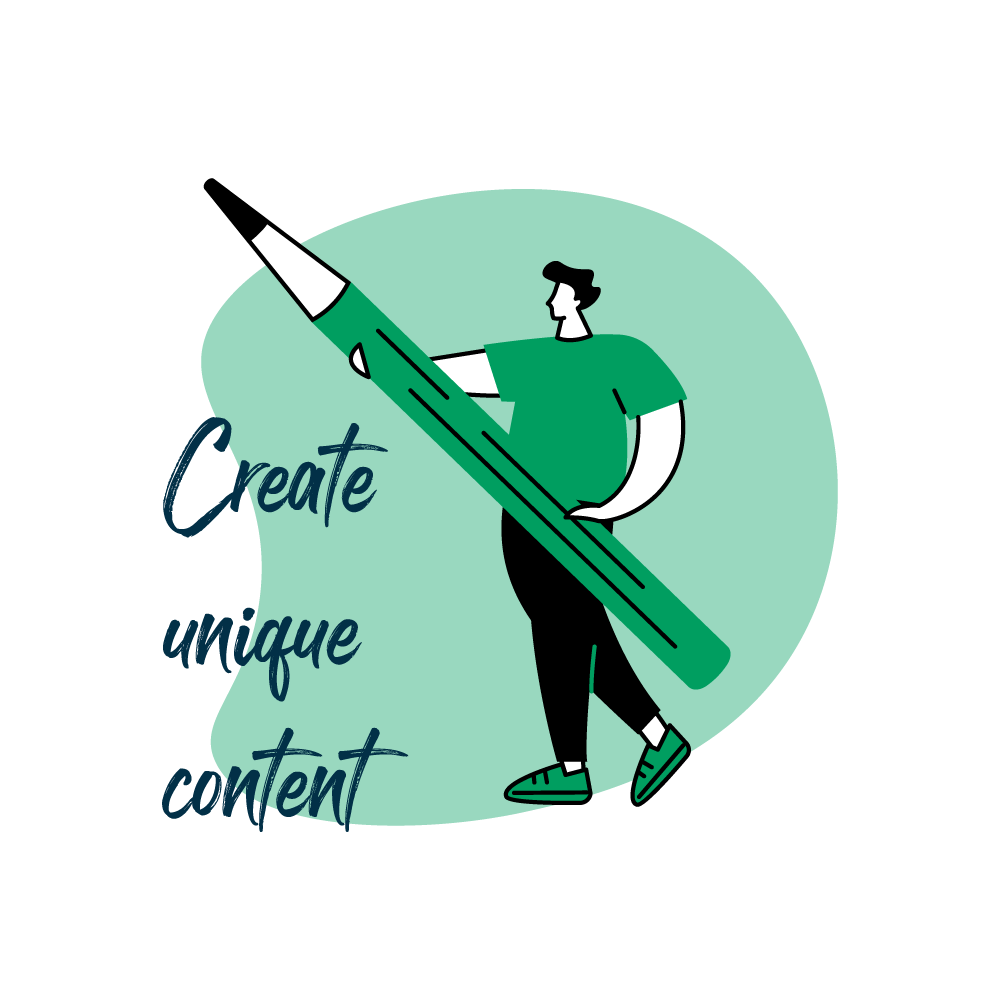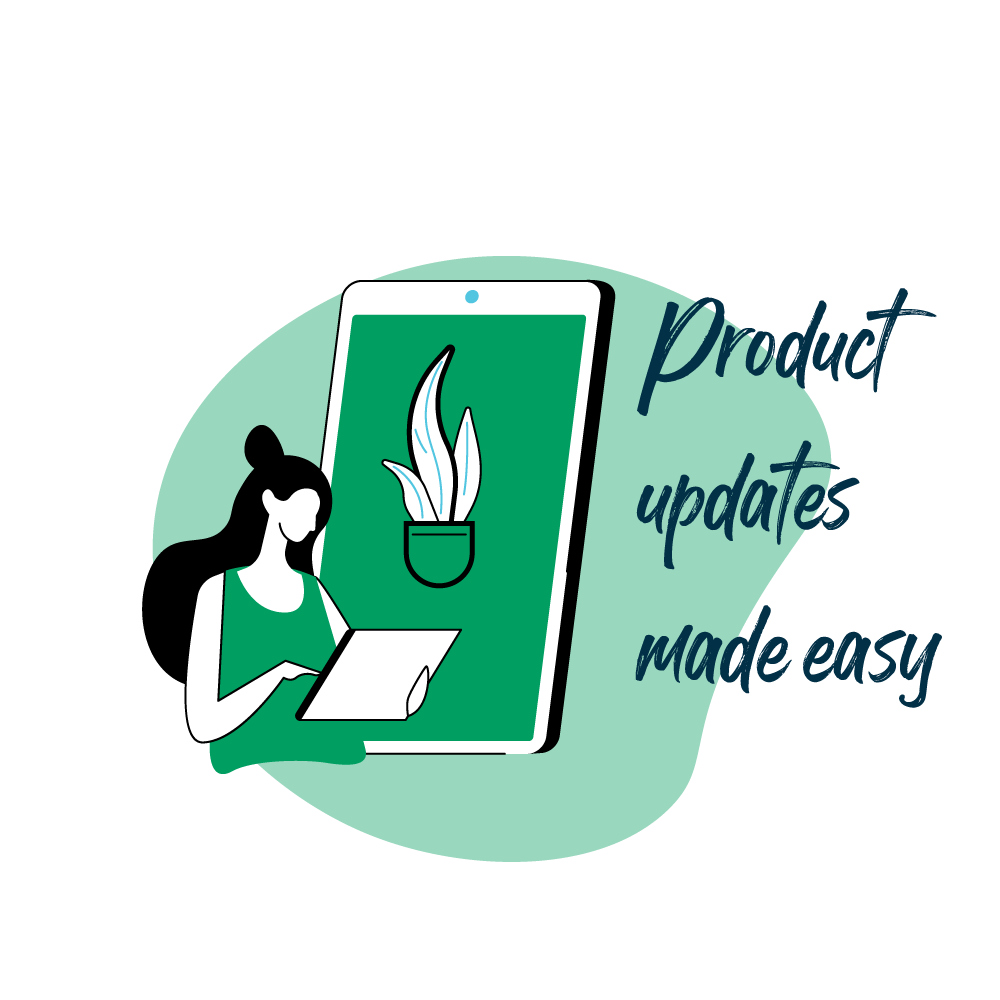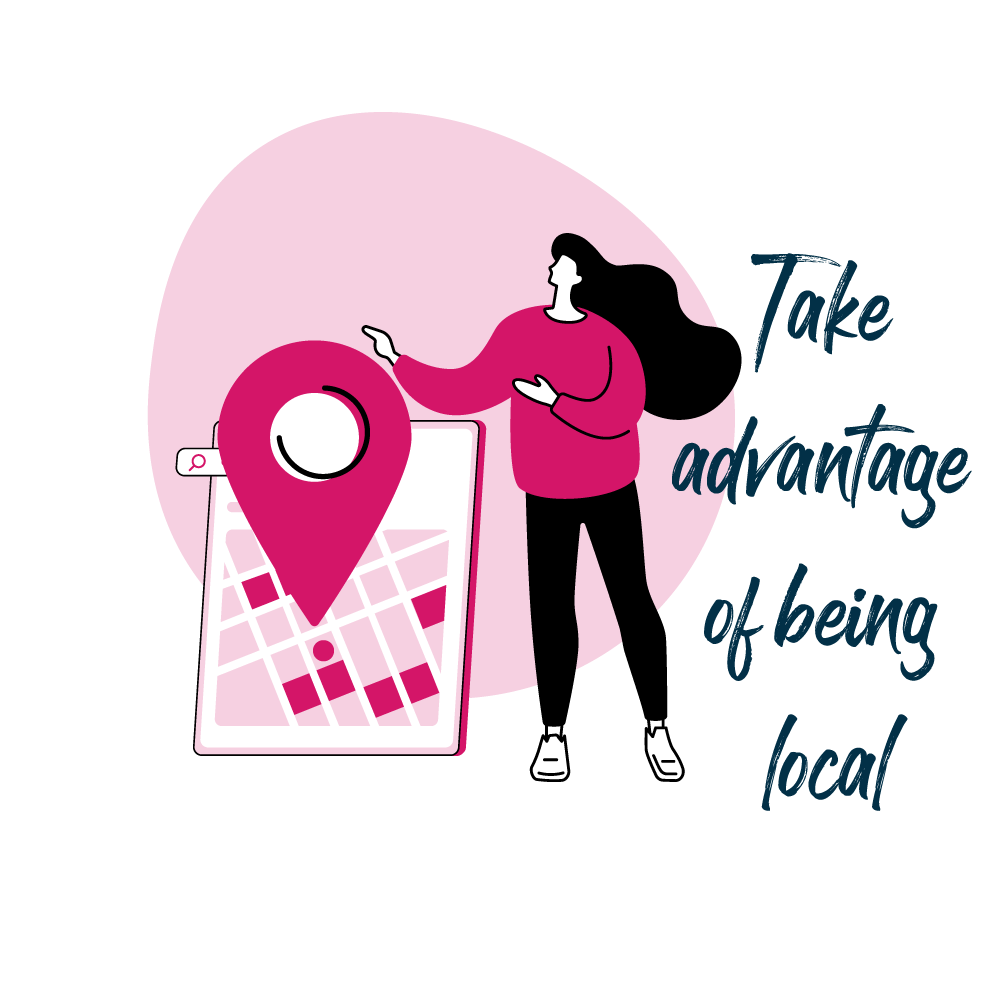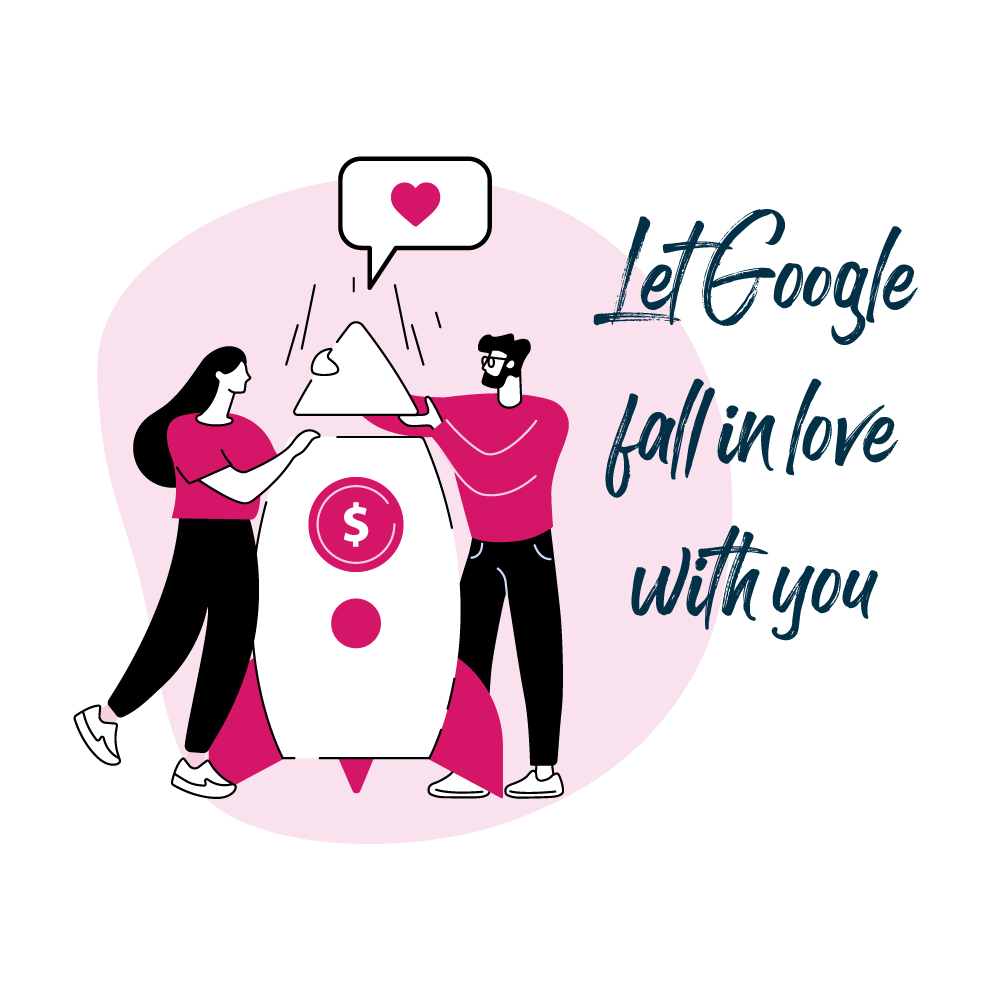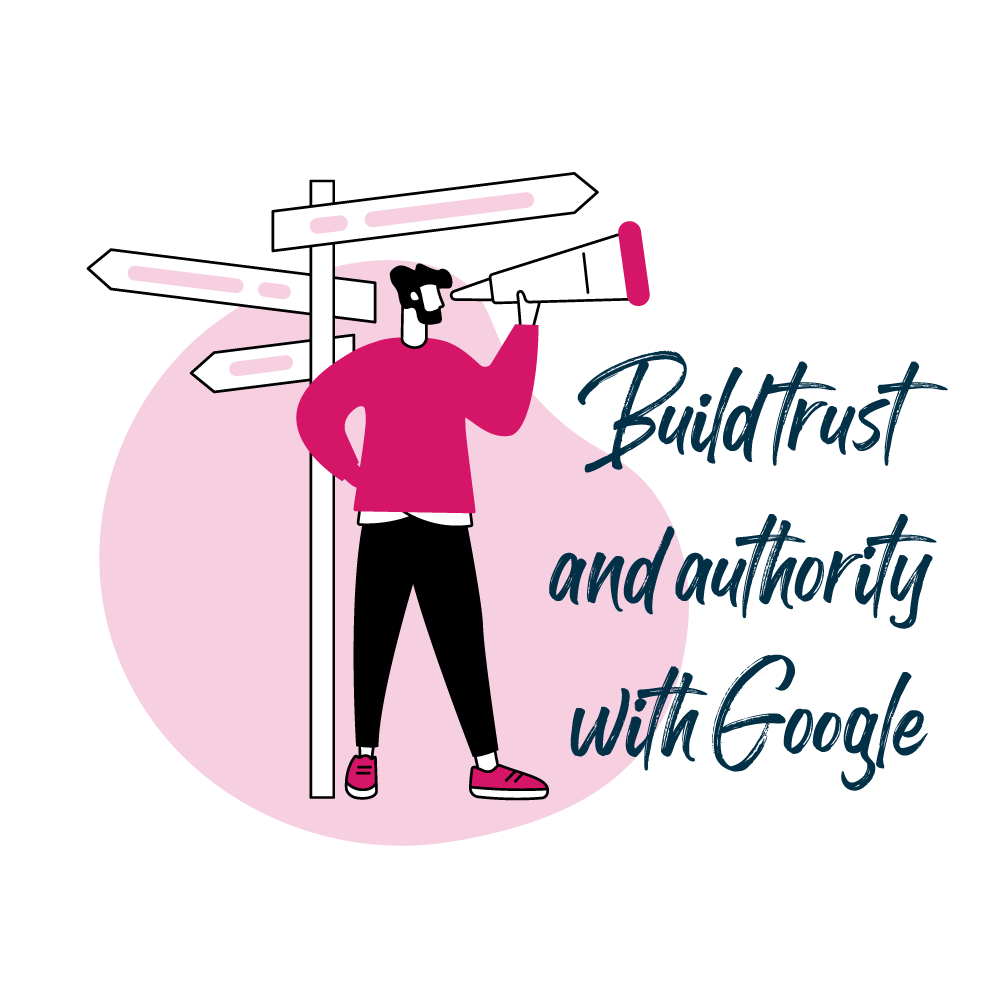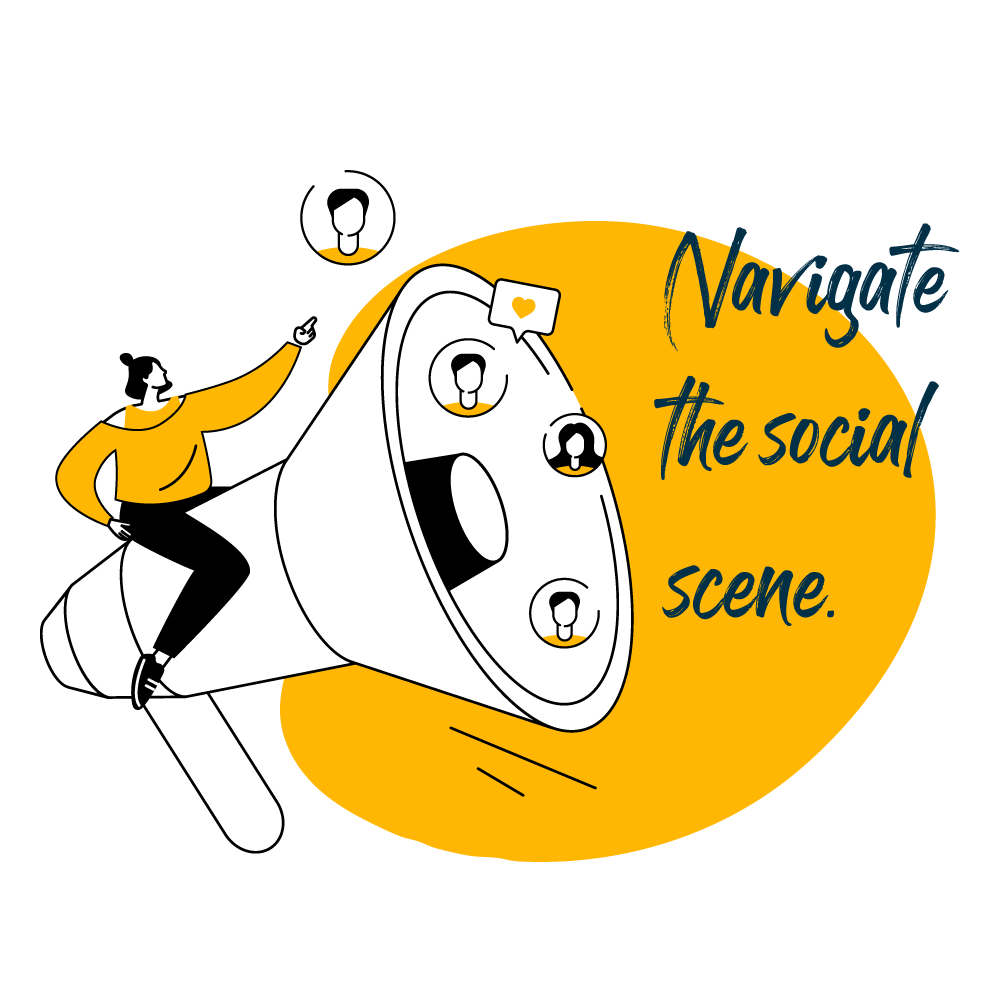
Social Media Management
Social media marketing is like having a megaphone to share news, offers, and fun stuff about your business with the people who follow you online. It's a vital part of your digital marketing plan that helps you connect with your audience, drive them to your website, and build trust in your brand. And the best part? It's not just a one-way street – social media lets you chat and interact with your followers, making it feel like a real conversation.
At Clued, we're experts in social media management and making social media work for you. We handle everything from creating exciting posts to figuring out what's working and what's not so you can focus on running your business without worrying about your online presence.
WHAT'S INCLUDED?
At the beginning of every quarter, we plan with you for:
- which audience
- what to post,
- objectives of the post
- when to post it,
- and how you want to engage with your audience on platforms like Facebook, Instagram, Twitter, or LinkedIn.
2 x posts per week on 2 platforms.
You film footage and take pictures of your business, products, staff and customer interaction. We then edit those images and videos. We’ll provide you with ideas and instructions for photos and videos.
We'll create engaging written content for each post.
We’ll manage post interactions: commenting, story replies, liking, following.
Based on the social media plan and its outlined objectives, we'll report key measures in a matrix.
Please note that we require you to commit to a minimum 3-month engagement for our social media management package. Part of that 3-month commitment is us connecting to your social media accounts and developing a quarterly marketing plan.

How we Measure and Optimise Your Social Media Marketing Strategy for Maximum Impact.
Social media marketing alongside your digital marketing efforts is an excellent way to connect with your audience. But how can you tell if your social media campaigns meet your business goals? We explain each key measure and match it to its campaign objectives so you can quickly assess how well your social media efforts are doing. By understanding and tracking these metrics, you can get a clearer picture of how well your social media marketing campaigns are performing and make informed decisions to improve your strategy.
Engagement
Tracking engagement tells you how many people interact with your content. When someone likes, comments, shares, or clicks on your post, it's considered engagement. Engagement is vital because it shows that people are actively interested in what you're sharing. It's like having a conversation with your audience – the more they engage, the more they're paying attention to your message.
Objective: Engagement aims to build a relationship with your audience and foster interaction with your brand. Content that resonates with your users and creates high engagement can increase brand loyalty, word-of-mouth promotion, and, ultimately, more conversions.
Example: Suppose you run a social media campaign promoting a new product. You post a video showcasing its features and ask your followers to share their thoughts in the comments. If your followers start commenting about how excited they are to try the product, tagging their friends, and sharing their own related experiences, that's a high level of engagement.
Reach
Reach tells you how many people have seen your content. The more reach your content has, the more people can see it in their social media feeds.
Objective: The objective of reach is to increase brand awareness and expand your audience. A higher reach means more people are exposed to your message, which helps attract potential customers and grow your brand's presence in the market.
Example: Let's say you post a promotional image on your social media accounts. If that post appears in the feeds of 1,000 different users, it has a reach of 1,000.
Impressions
Impressions count how often your content has been displayed to the audience—even if they don't necessarily read or engage with it. They give you an idea of how often your content has popped up on people's screens.
Objective: Impressions align with the intention of increasing visibility and exposure. The more times your content is displayed, the greater the chance of it being noticed by your target audience, leading to increased brand recognition and recall.
Example: You post a promotional image on your social media accounts. If that post appears in the feeds of 1,000 different users, then its reach is 1,000. Now, if each of those 1,000 users saw the post twice on other occasions, then the total impressions for that post would be 2,000 (1,000 users * 2 impressions each).
Click-Through Rate (CTR)
CTR tells you how many people have clicked on your content after seeing it. A higher CTR means more people are interested enough to take action and click on your content.
Objective: CTR aligns with the business objective of driving traffic to your website. A higher CTR indicates that your content is engaging to prompt users to take action, which can lead to more website visits, sign-ups, or purchases.
Example: After posting a link to your website offering a discount code, you find that out of 500 people who saw the post, 50 clicked on the link. The CTR would be calculated as (50 clicks / 500 impressions) * 100 = 10%. So, your CTR is 10%.
Conversion Rate
The conversion rate tells you the percentage of people who took the desired action after seeing your social media content. It's like how many people at your party actually bought something from your store (if that was your goal). A higher conversion rate means more people are doing what you want them to do, whether it's making a purchase, signing up for a newsletter, or something else.
Objective: The objective of conversion rate is to turn social media engagement into measurable actions that contribute to your business goals, such as sales or leads. A higher conversion rate means that your social media efforts are effectively driving the desired actions from your audience, resulting in tangible business outcomes.
Example: Let's say you're running an ad campaign for a new ebook, and out of 200 people who clicked on your ad to download it, 20 completed the download. Your conversion rate would be (20 conversions / 200 clicks) * 100 = 10%. So, your conversion rate is 10%.
Follower Growth
Tracking your follower growth is like keeping tabs on how many people join your social media community over time. Just like more people come to your party, and more followers mean your audience is growing, and more people are interested in what you have to say.
Objectives: Follower growth aligns with the objective of expanding your social media audience and increasing your brand's reach. More followers mean more potential customers who are interested in your brand and wanting to engage with your content. And that means for your brand to have more visibility and credibility.
Example: Your social media account had 1,000 followers at the beginning of the month. By the end of the month, you've gained 200 new followers, so your follower growth for that month is 200.
Sentiment Analysis
Positive sentiment means people generally feel good about your brand or campaign, while negative sentiment may indicate areas for improvement.
Objectives: The objective of sentiment analysis is to understand how your audience feels about your brand or campaign. Positive sentiment indicates that your campaign is resonating with your audience and generating positive perceptions, which can strengthen brand loyalty and advocacy.
Example: You post a poll asking your followers how they feel about your latest product release. If most of the responses are positive, with comments praising the product's features and expressing excitement to try it, then sentiment analysis would indicate a positive sentiment towards your brand.
Return on Investment (ROI)
ROI tells you how much return you earn for every dollar you spend on your social media campaign.
Objective: The objective of ROI is to measure the effectiveness and profitability of your social media campaigns. A positive ROI means that your campaigns generate more revenue or cost savings than the amount spent on them, demonstrating their value and contributing to your business's overall success.
Example: Suppose you spent $500 on a social media advertising campaign, and it generated $2,000 in sales. To calculate your ROI, you subtract the cost of the campaign from the revenue generated ($2,000 - $500 = $1,500) and divide that by the cost of the campaign ($1,500 / $500 = 3). So, your ROI is 3, meaning that for every $1 spent on the campaign, you earned $3 in return.

